A monkey in the cockpit? Cigarette lighters? Johnny Reb? Yep, NASCAR once allowed all that
Today’s NASCAR is a buttoned-up affair where details are choreographed to the very minute.
Aside from the occasional “Trouble in Turn 3!,” there’s a place for everything and everything in its place. From safety equipment and protocols to new-age societal concerns, it’s truly a modern affair.
To say it wasn’t always this way would be quite an understatement.
Example? OK. Tim Flock, one of the famed Flock brothers and a Hall of Famer, drove part of a season with a monkey riding shotgun.
That’s right, a monkey!
And that’s just the start of our list of 10 things you’ll never see again in NASCAR . . .
BRIAN FRANCE: Former CEO reflects on NASCAR tenure and exit; 'Obviously I made a mistake' | KEN WILLIS
NASCAR NEWS: Custer's last stand, Blaney's mud throwing and the impossible Taylor Swift ticket | RYAN PRITT
Jocko Flocko
In 1953, Tim Flock was coming off a championship season and building on a career that would land him in the NASCAR Hall of Fame. But he was struggling to regain his winning form, and missing the publicity that comes from winning, so his team owner spotted a Rhesus monkey named Jocko in a pet store and had perhaps the craziest idea in NASCAR history.
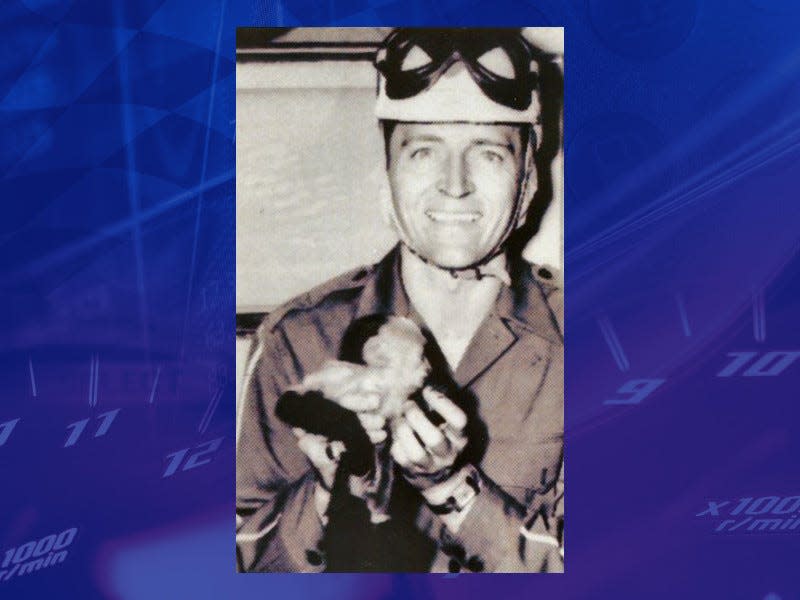
They devised a seat and harness for “Jocko Flocko,” fitted him with a driver’s suit, and Flock ran several races with his new co-driver. He got his lone 1953 win with Jocko aboard. It didn’t last, unfortunately. Jocko got loose from his harness during the Raleigh 300, was injured, and later had to be euthanized.
Through the dunes!
Daytona’s worldwide reputation for speed was built upon the hard sands of its beach in the early 20th century. By mid-century, NASCAR was formed and the famous beach-and-road course became the hub of Bill France Sr.’s earliest “speed weeks.”
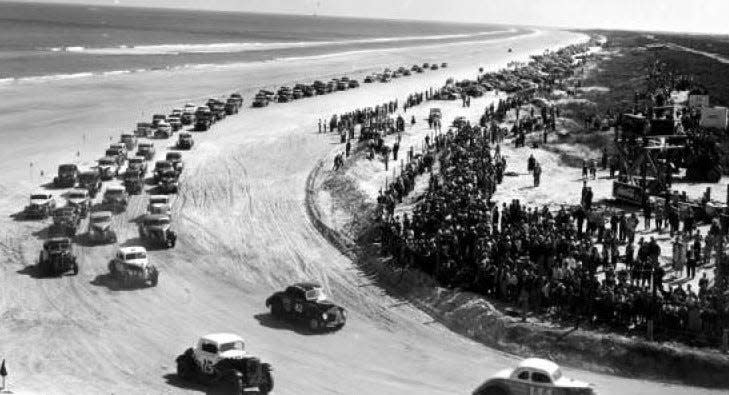
The two asphalt lanes of South Atlantic Boulevard made up the backstretch, and the wide beach was the frontstretch.
As insane as that sounds today, it was workable from 1949-58, though France saw the hotels and homes going up and knew his days on the beach were numbered. That was the catalyst behind his desire to build a big speedway across town.
Smoke ’em if you got ’em
Midwest short-track legend Dick Trickle came to race NASCAR full-time in the late-’80s and brought a bad habit with him. His race cars included a cigarette lighter alongside the cockpit and he’d light up during caution laps.
That's right, smoke breaks.
Fancy footwear
Dave Marcis’ NASCAR career spanned spanned two or three generations, from the late-’60s to 2002, so he saw plenty of advances in uniform safety.
Yet, to his last race — the ’02 Daytona 500 — he mashed the pedals with wingtip shoes.
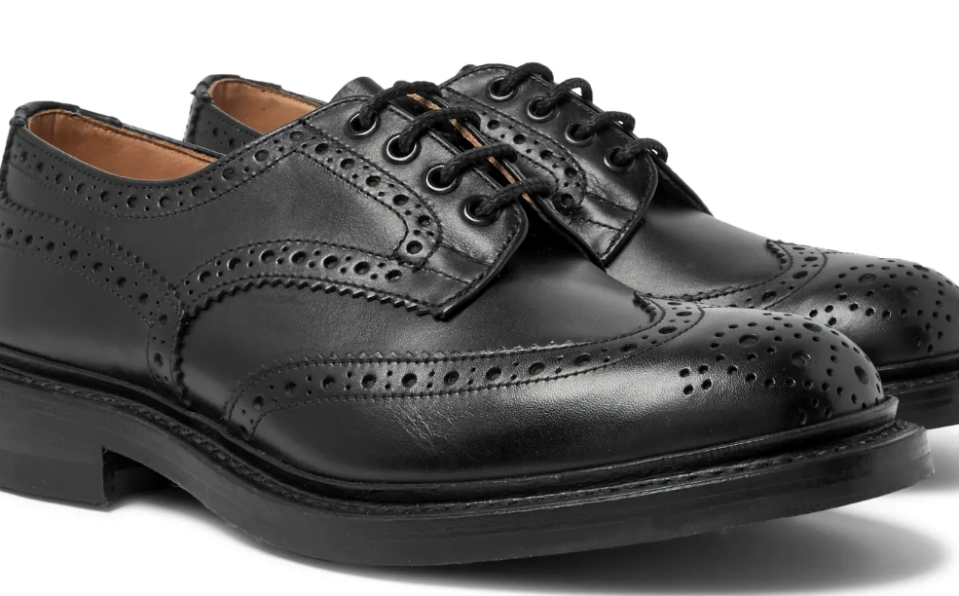
Yep, the same shoes grandpa wore to Sunday church services.
Johnny Who?
Along with its Labor Day weekend Southern 500, which in 1950 became NASCAR’s first superspeedway race, Darlington began hosting a springtime race in 1957. Its name: The Rebel 300.
Not enough to shock your modern senses? Try this: When the winner drove to Victory Lane to receive his trophy, he was joined by a costumed Confederate “soldier” holding the Confederate flag.
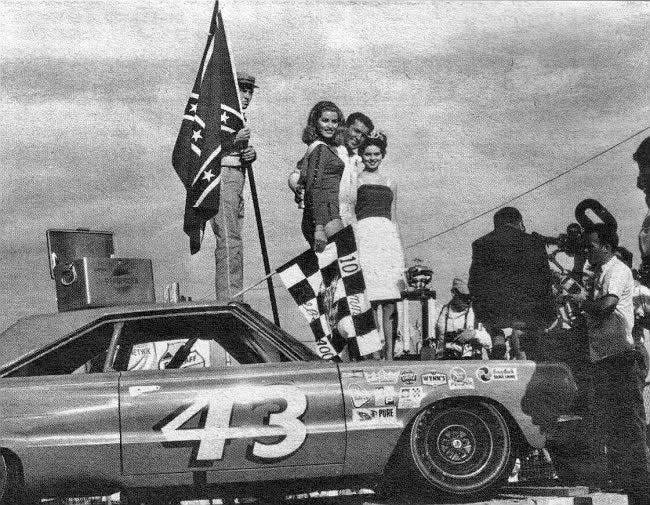
In various fashions, “Rebel” remained the race name — or part of the race’s name — through 1982. The Confederate flag disappeared from official duties but could still be found flying from fans’ flagpoles here and there — until two years ago, when NASCAR banned the flag from its properties.
A run on rubber
Speaking of the 1950 Southern 500 debut, Darlington’s original length of 1.25 miles created speeds for which the teams weren’t ready. Heavy cars at high speed on the tires of that day were a bad combination, and you know what they say about desperate times and desperate measures.
As cars kept blowing tires, many crew chiefs had to beg, borrow and steal from fans parked in the infield. Legend has it, many fans from that initial Southern 500 ended the day with their sedans on blocks. Say what you want about modern ticket pricing, but at least you leave with all four tires.
Whoa ’er down
It wasn’t until 1991 that NASCAR instituted a pit-road speed limit. If you think pit lane can look chaotic now, consider if the cars were entering and leaving at race speed.
Unfortunately, like some other safety advances over the decades, it took tragedy — a 1990 crewman’s death at Atlanta — to bring about this piece of sanity.
Prepared for splashdown
“Tiger” Tom Pistone raced NASCAR in the 1950s and ’60s. He was pretty good on dirt and pretty good on asphalt, but was taking no chances when it came to water.
Tom couldn’t swim, and was quite scared of drowning, it seems. Upon seeing Tommy Irwin crash off Turn 2 at Daytona in a 1960 qualifying race, and end up in Lake Lloyd, he sprung into action.
Tommy became the first racer to supplement his race-day clothing with a life jacket and oxygen tube. Seriously. As Casey Stengel would say, you can look it up!
Arm & Hammer
In NASCAR’s earlier years, fire was the biggest fear. The biggest loss was Fireball Roberts, who was badly burned in a 1964 crash at Charlotte and died five weeks later from serious complications.
Fireball’s death led to the advent of fuel cells for the gas tanks, which saved untold lives over the ensuing decades. Quite obviously, flame-retardant driver uniforms also played a huge role, but prior to the modern uniform, drivers raced in street clothes — slacks or jeans, T-shirts or button-ups, boots or loafers, etc.
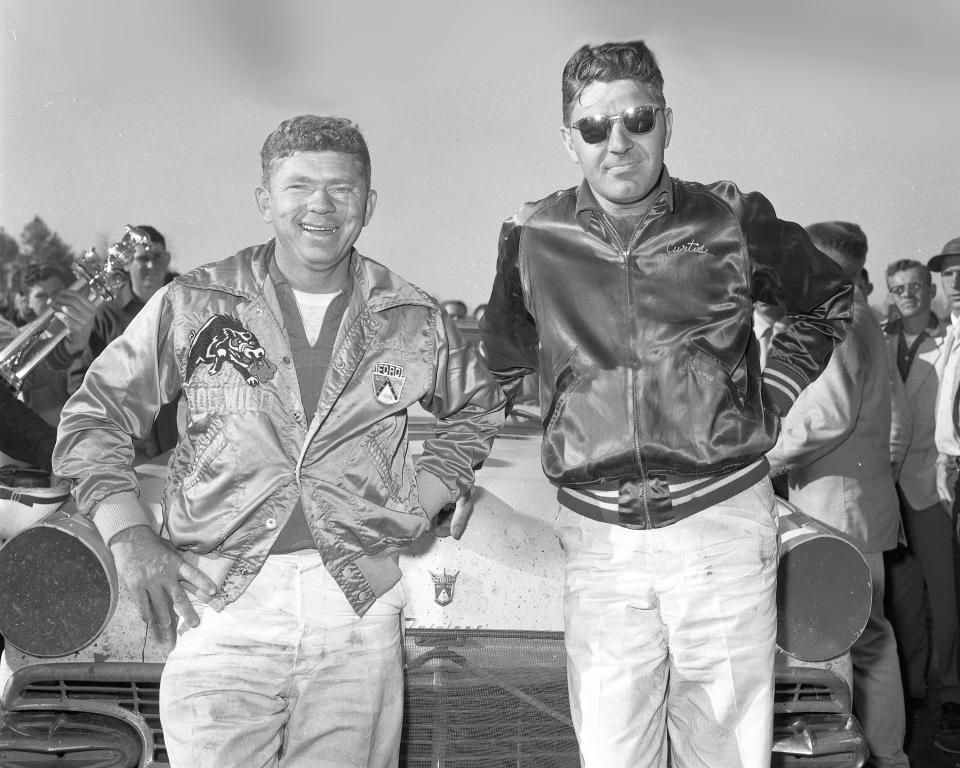
In the ’60s, many began soaking those clothes in baking soda, assuming the chemical reaction helped fight the possibility of fire. Until safety god Bill Simpson developed fireproof technology, that was actually considered high-tech.
Pure madness
Today, when a caution is triggered, all drivers get off the gas and slow down. Up until just 19 years ago, however, you didn’t have to slow down until you went past the start-finish line. “Racing back to the yellow,” it was called.
It probably shouldn’t have taken so long to consider the worst-case scenario, but it wasn’t until 2003, when Dale Jarrett wrecked at New Hampshire and sat alongside the stripe in his crippled car, as the leaders barreled off Turn 4 toward him, that someone suggested, “there has to be a better way.”
If not better, certainly saner.
This article originally appeared on The Daytona Beach News-Journal: Monkey as co-plot? Johnny Reb? Smoking? NASCAR once allowed it all

